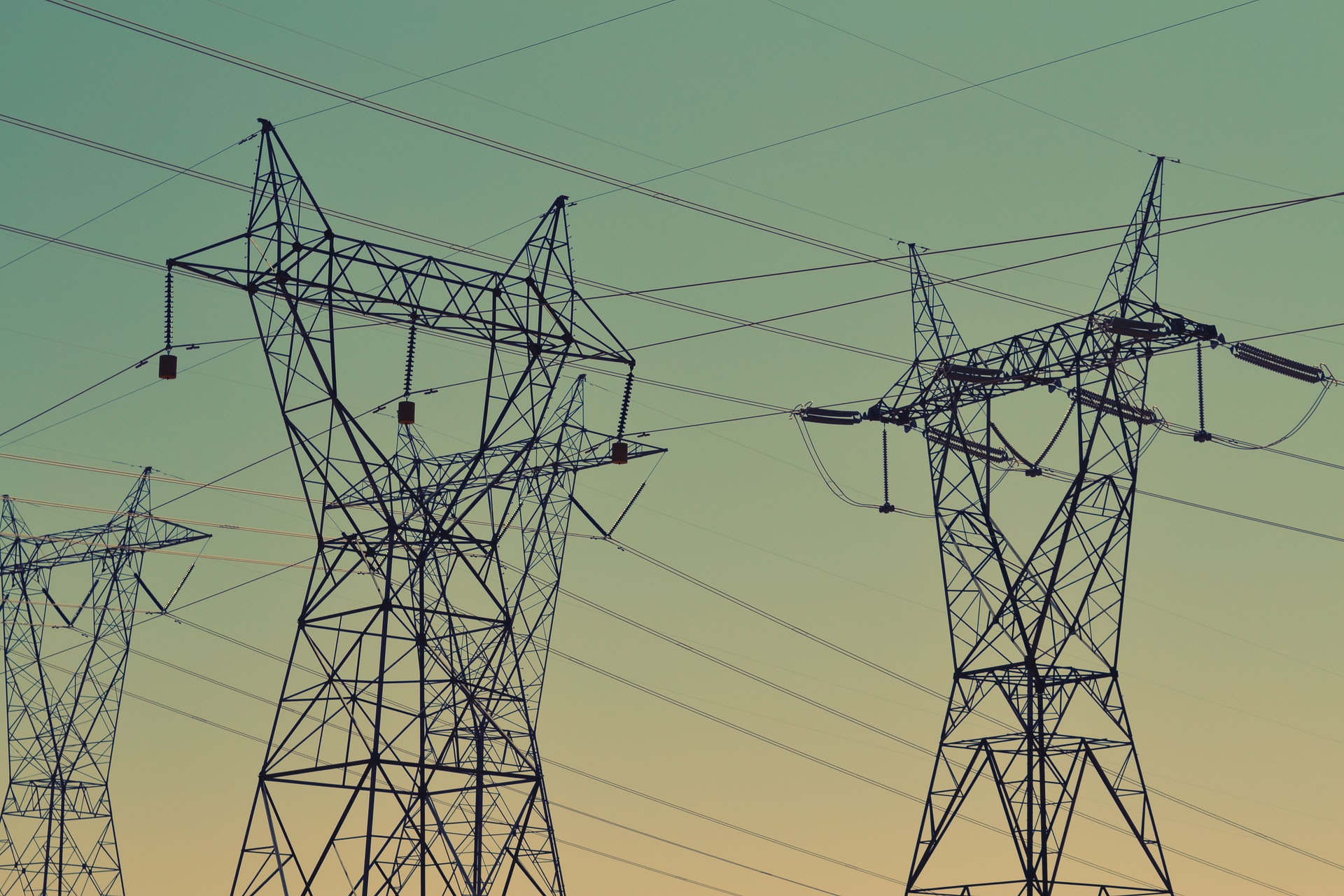
Inflation is alive and well in the US, and the cost of electricity is no exception. With a focus on going green and decreasing waste and energy consumption, companies everywhere are planning to become more sustainable. But, going green can be a large and expensive investment, so you will want to make sure the ROI is sufficient to offset project costs. To get a more accurate reading on your energy efficiency payback, the rising cost of electricity should be factored into the equation.
The Factors Affecting Electricity Prices
What is influencing the cost of electricity today? There are several things to take into account. First and probably most obvious, fuel prices have risen exceptionally, especially natural gas and petroleum fuels. Another thing to consider is the cost of maintaining and constructing more power plants as demand continues to grow.
Then, we should account for the cost of running, repairing, and improving the cybersecurity of the transmission and distribution systems. Lastly, the intense high and low air temperatures are raising the demand for energy usage, and state energy regulations are increasing the prices of our energy consumption.
What Do the Stats Tell Us?
According to the US Energy Information Administration, retail residential electricity rates have risen over the past ten years by about 15%. While this percentage is the average overall, other areas across the US experienced a much higher price increase per kilowatt-hour. Oregon, for example, had a rate increase of about 40% in the past ten years, so the location can play a major role in electrical costs as well.
Looking back on data from 1990, the cents per kilowatt-hour were 7.83 for residential and 7.34 for commercial properties. Fast forward to 2020, where the residential rate was at 13.14, and the commercial rate was 10.61. Beyond this being quite the jump in cost, historically, electrical prices rarely decrease each year or remain stagnant.
The Energy Information Agency also predicted that electricity prices will increase in the short-term and long-term through 2040. Hence, when a predictable increase in electricity prices isn’t factored into energy efficiency paybacks on green investments, you risk understating payback or ROI.
Consumption vs. Demand
There are two ways to look at electricity usage: consumption and demand. To break things down with a simple example, consumption can be related to your “total miles traveled” throughout a road trip, and demand is more like the “fastest speed” you reached during that trip. With electricity, we are charged by how much we consume, but we are also charged a fee during peak times when the electricity demand skyrockets.
The Social Cost of Carbon
The rising cost of electricity isn’t the only thing forgotten when factoring your energy efficiency payback calculations. As a business, you should also be thinking about the social cost of carbon. To encourage businesses to reduce their carbon footprint, the social cost of carbon was raised to over $50 per ton from $3-$5 per ton in 2020. This is another cost that is predicted to continue rising over the next ten years.
Will Cost Influence Our Approach to Energy Use?
With projections of energy prices climbing, now is the time to invest in energy-saving resources like solar control window film, solar panels, LED light bulbs, efficient HVAC systems, and more. The demand for sustainability will only grow, so it’s better to invest in efficient building resources sooner than later.
The Energy Efficiency Payback of Window Film
Considering the social cost of carbon and the cost of electricity, your energy efficiency payback for investing in solar window film, for example, could go from paying for itself in six years to four years. How? When you invest in something that reduces your energy use, and energy prices keep rising, the value of your investment grows and the estimated timeline of your payback is shortened.
The experts here at NGS account for all these things and more when we put together a payback estimate for our customers. Check out our building modeling and energy engineering services to learn more.


